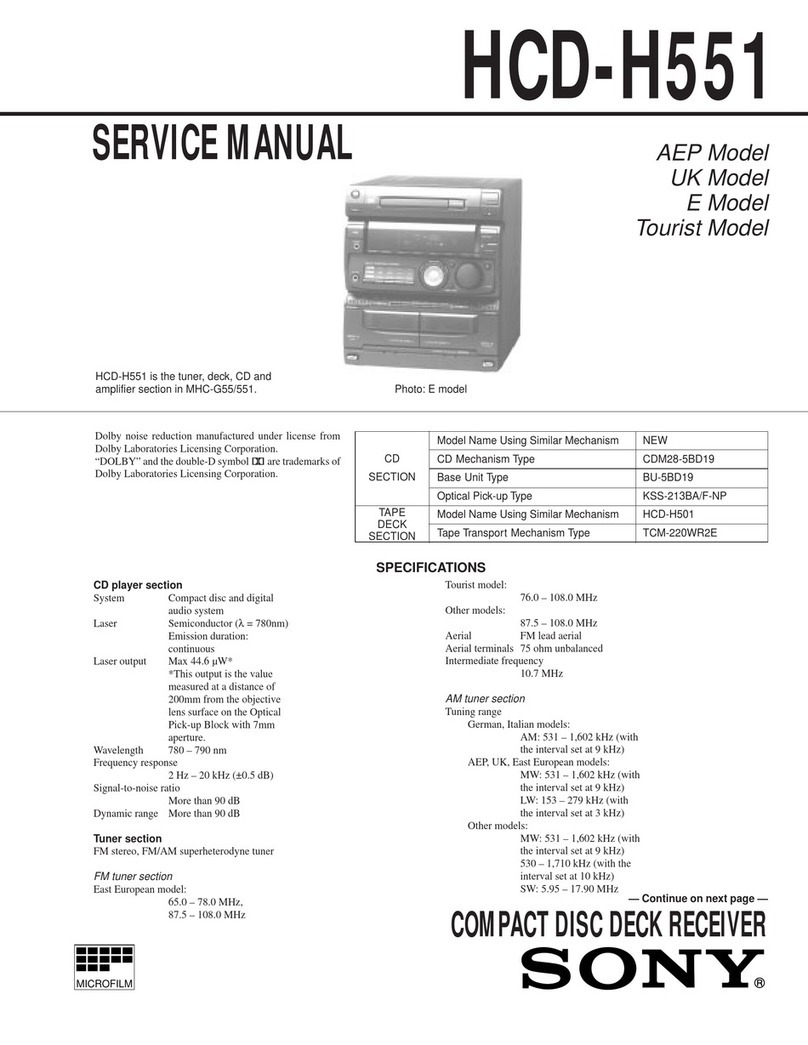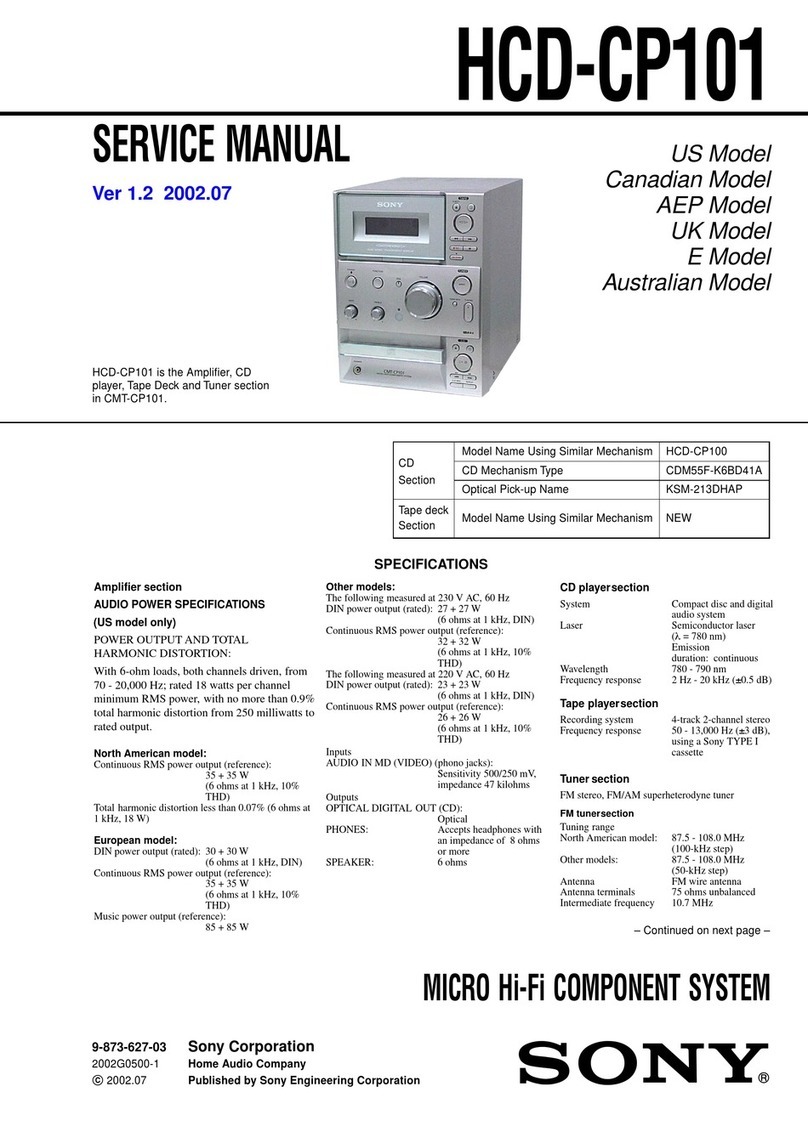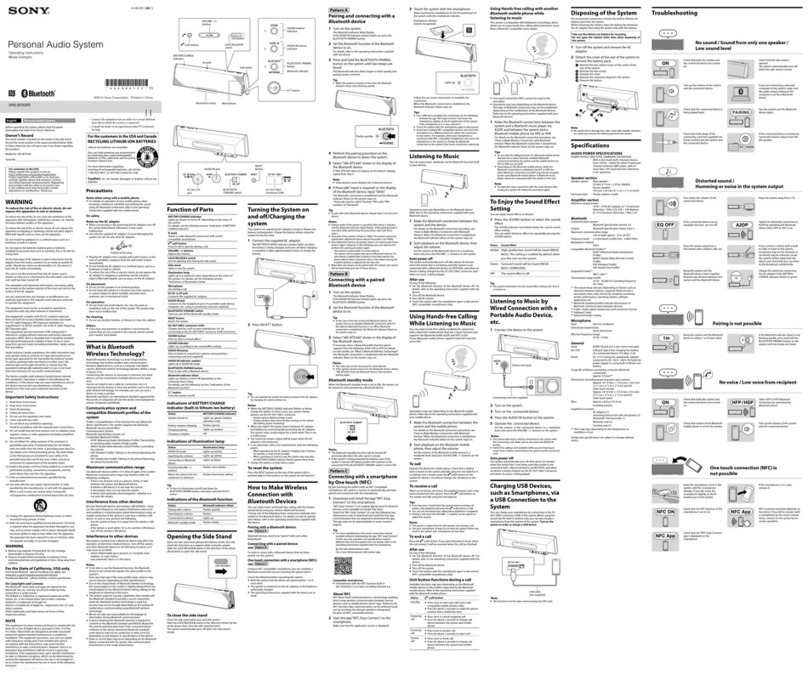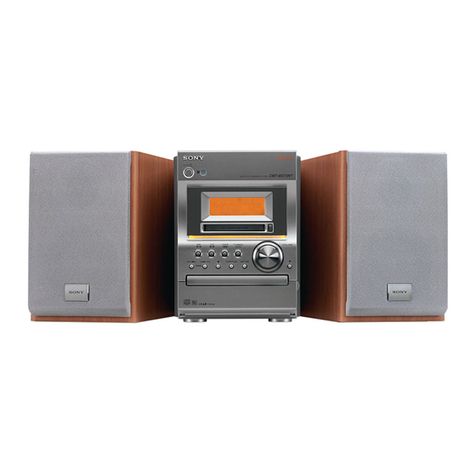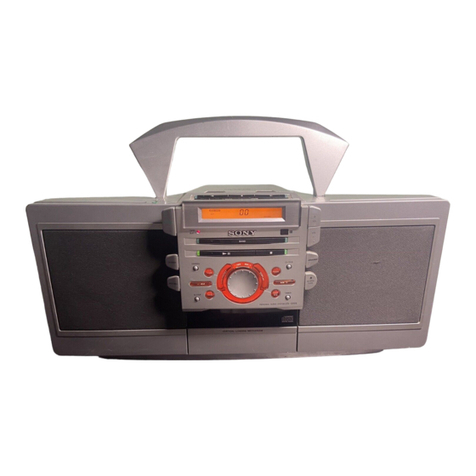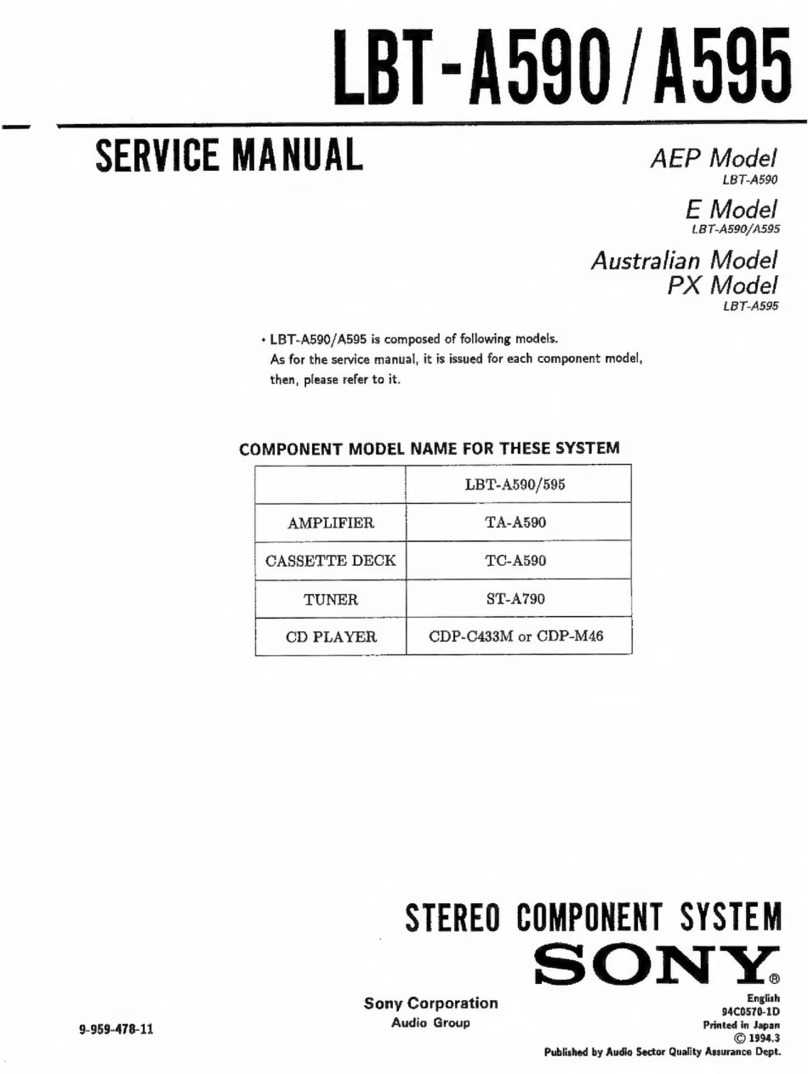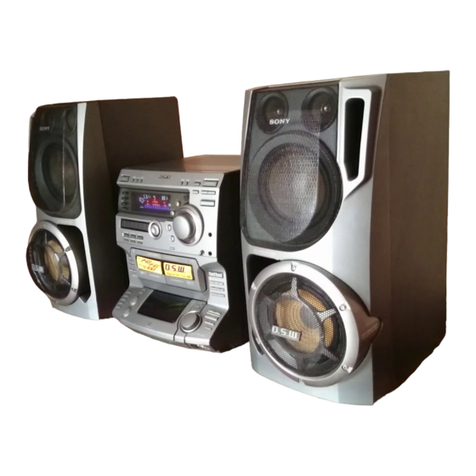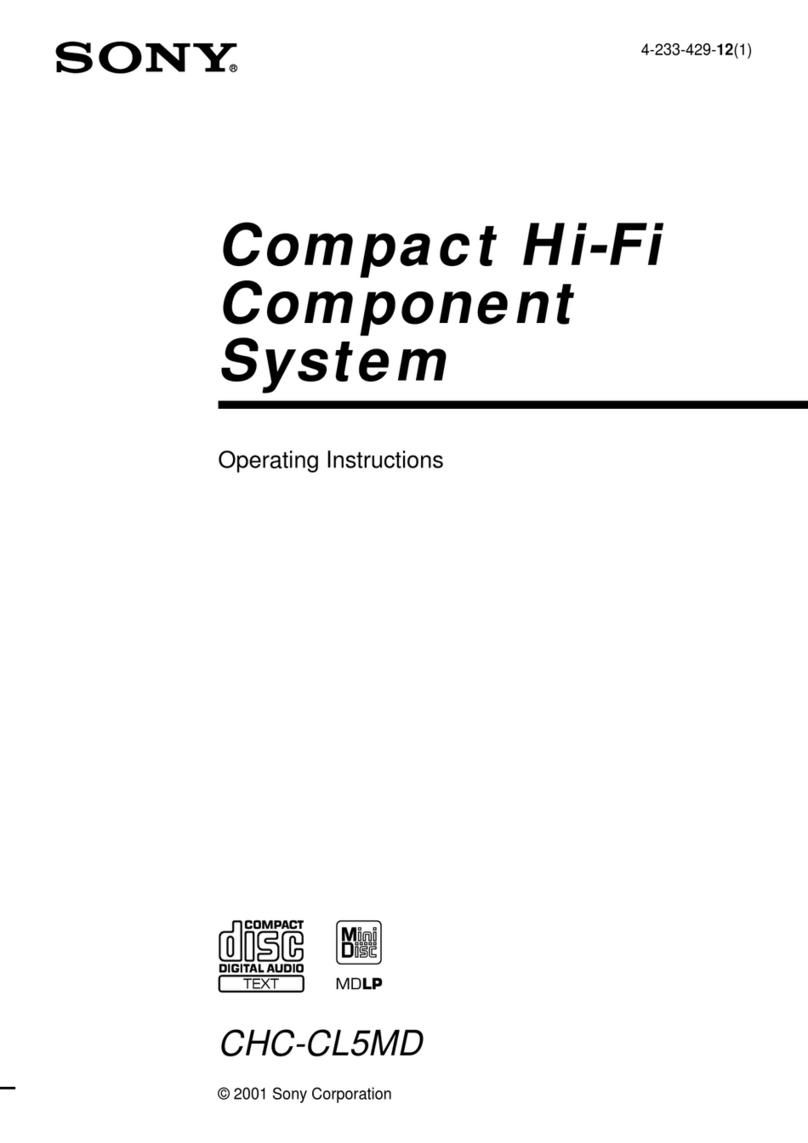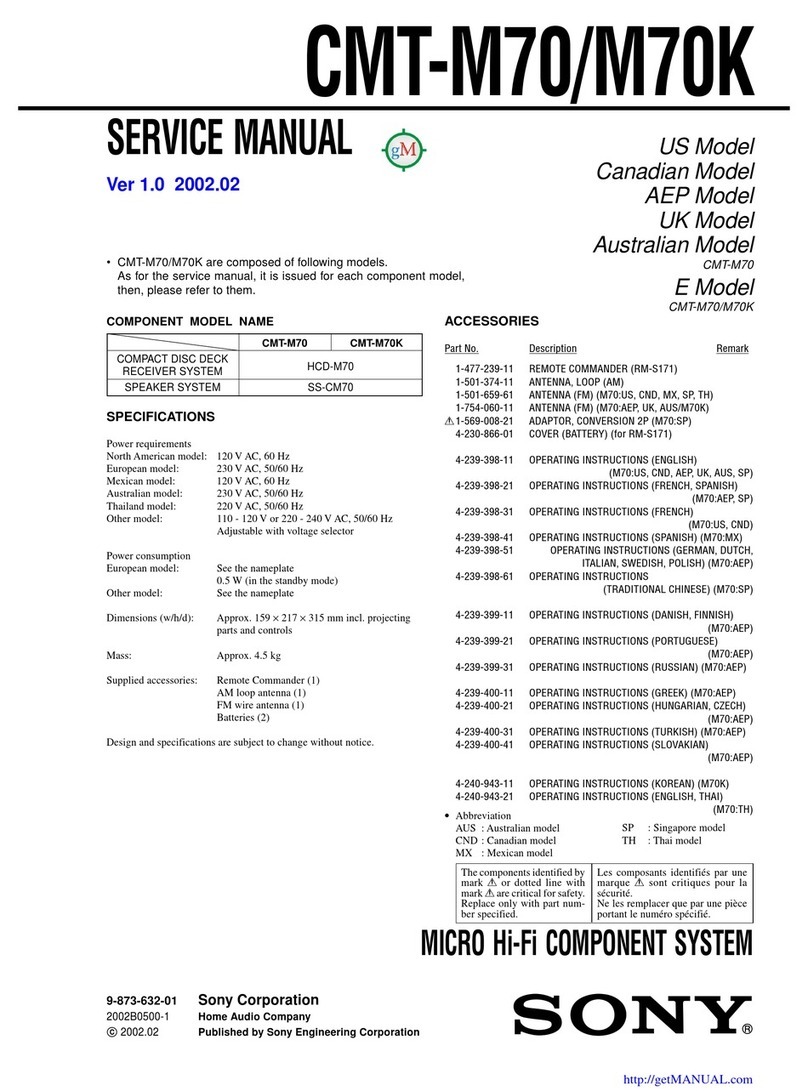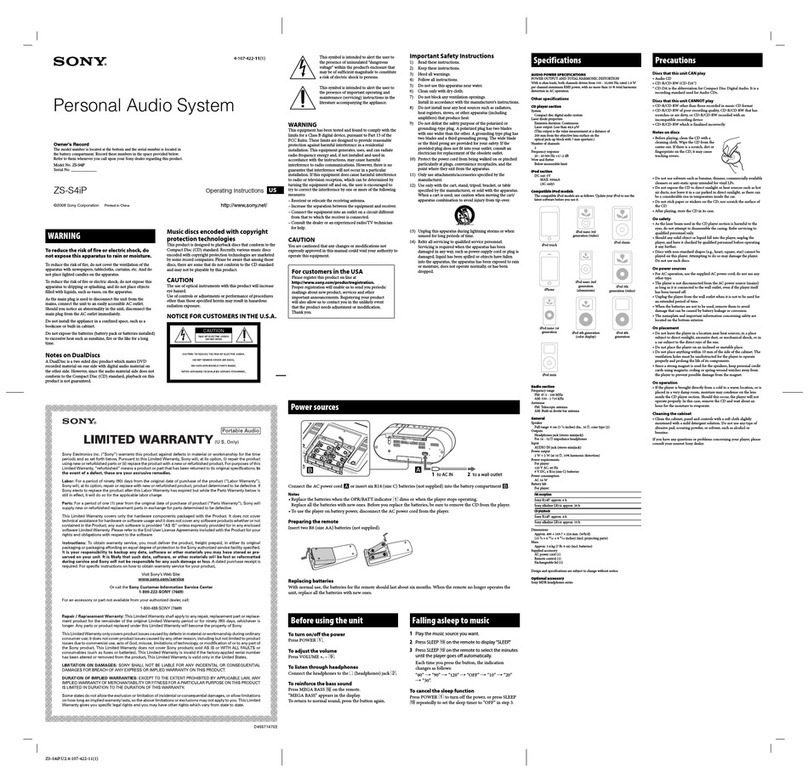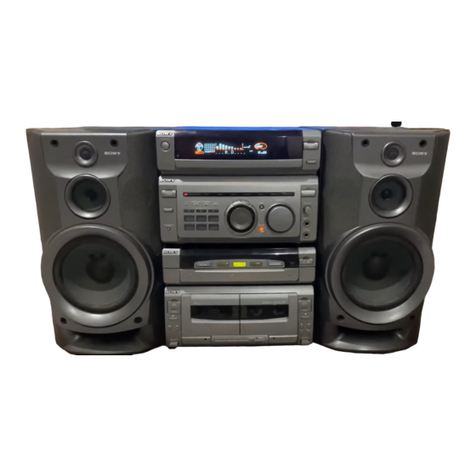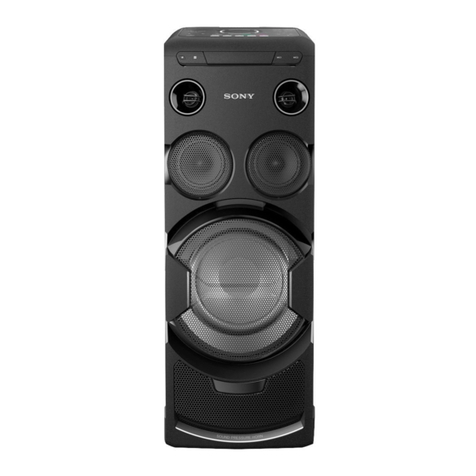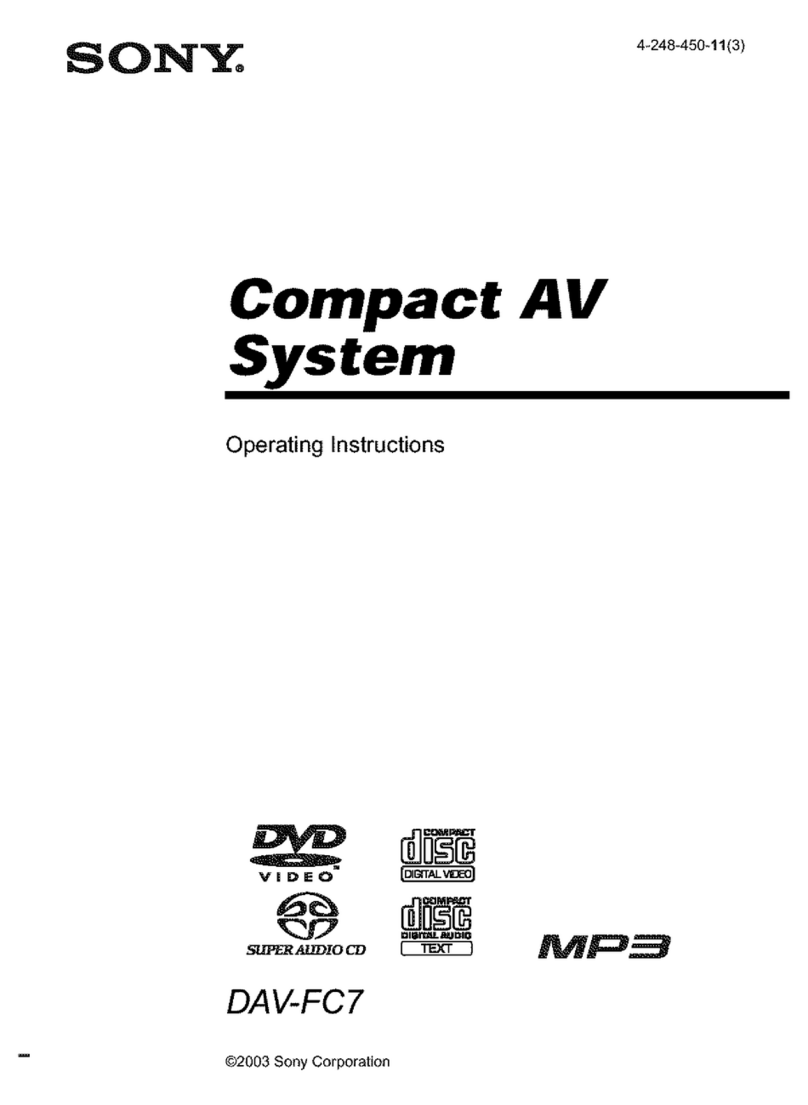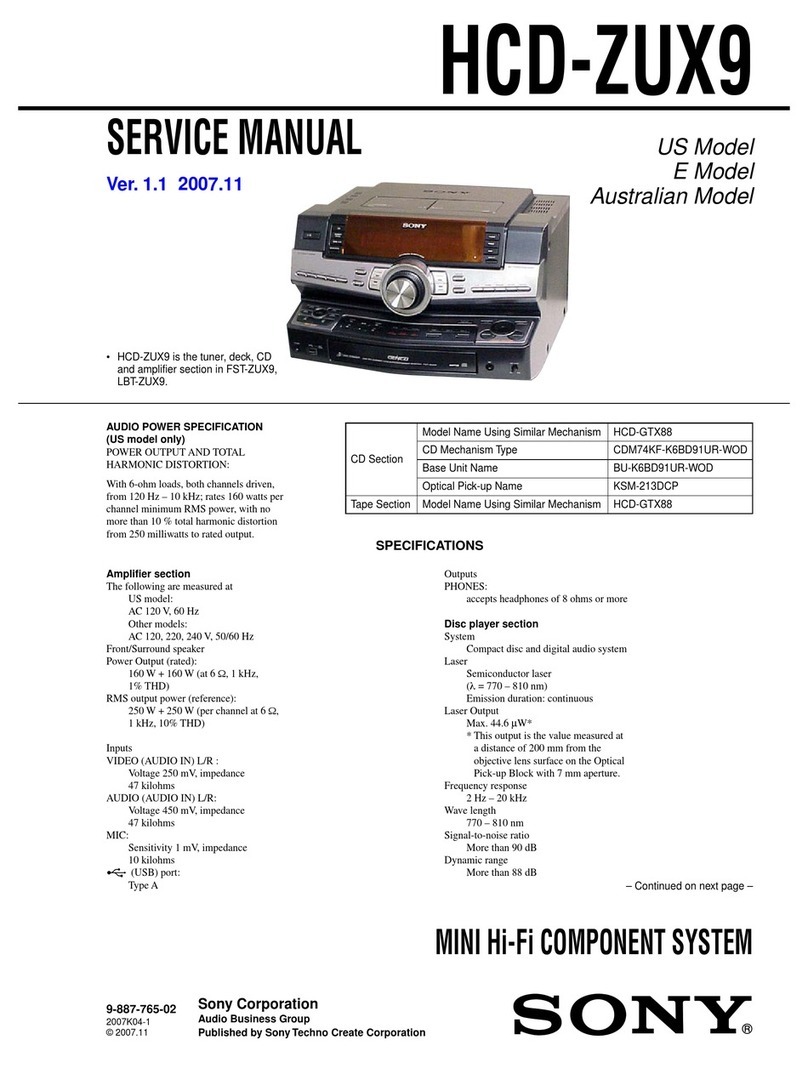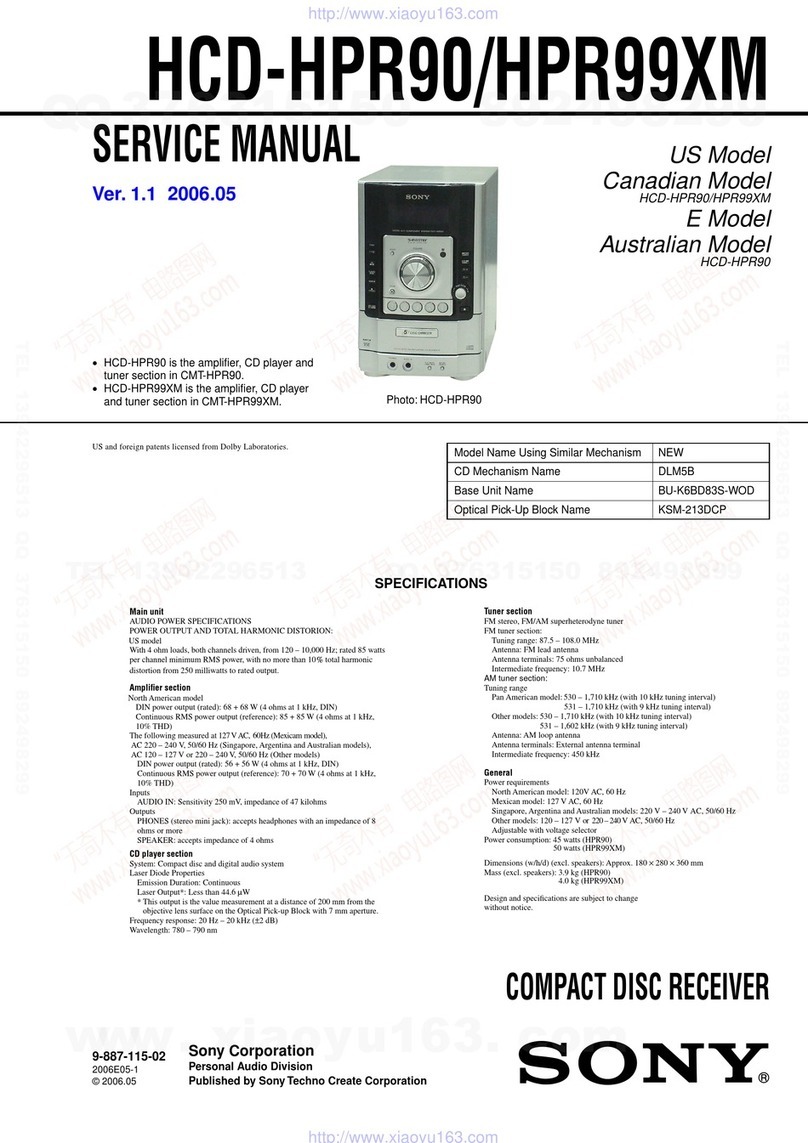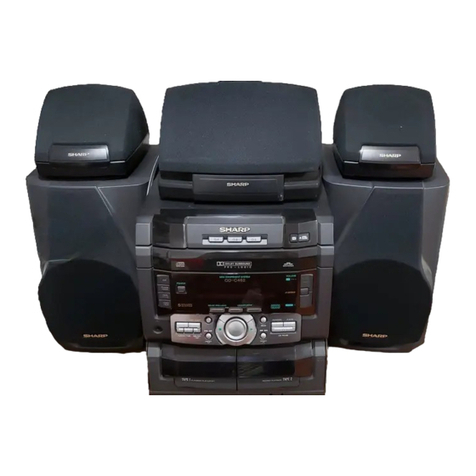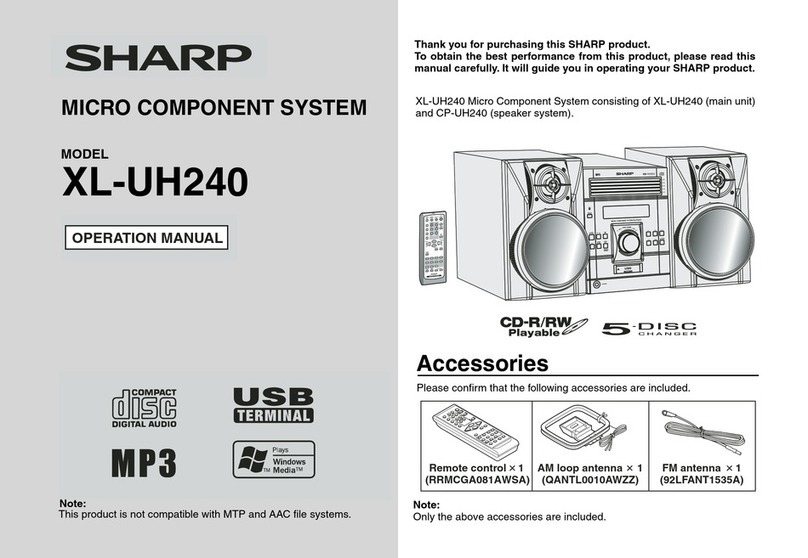3
7. EXPLODEDVIEWS
7-1. Case Section........................................................................ 63
7-2. Chassis Section ................................................................... 64
7-3. Front Panel Section ............................................................. 65
7-4. CD Mechanism Deck Section-1 (CDM38LH-26BD36L) .. 66
7-5. CD Mechanism Deck Section-2 (CDM38LH-26BD36L) .. 67
7-6. Base Unit Section (BU-26BD36L) ..................................... 68
7-7. TC Mechanism Section-1 (TCM230AWR2) ...................... 69
7-8. TC Mechanism Section-2 (TCM230AWR2) ...................... 70
8. ELECTRICAL PARTS LIST ....................................71
TABLE OF CONTENTS
1. SERVICING NOTES ...................................................4
2. GENERAL ..................................................................10
3. DISASSEMBLY
3-1. Loading Panel ..................................................................... 12
3-2. Front Panel .......................................................................... 12
3-3. Cassette Lid and Tape Mechanism...................................... 13
3-4. CD SW Board and Panel Board .......................................... 13
3-5. Disc Tray ............................................................................. 14
4. MECHANICAL ADJUSTMENTS............................15
5. ELECTRICAL ADJUSTMENTS .............................15
6. DIAGRAMS
6-1. Circuit Boards Location...................................................... 20
6-2. Block Diagrams
• CD Section ....................................................................... 21
• Video Section ................................................................... 22
• Deck Section .................................................................... 23
• Main Section .................................................................... 24
• Power Section .................................................................. 25
• Display Section ................................................................ 26
6-3. Printed Wiring Board – BD Section –................................. 28
6-4. Schematic Diagram – BD Section – ................................... 29
6-5. Schematic Diagram – Deck Section – ................................ 30
6-6. Printed Wiring Board – Deck Section –.............................. 31
6-7. Printed Wiring Board – Video Section – ............................. 32
6-8. Schematic Diagram – Video (1/2) Section – ....................... 33
6-9. Schematic Diagram – Video (2/2) Section – ....................... 34
6-10. Schematic Diagram – Main (1/4) Section – ....................35
6-11. Schematic Diagram – Main (2/4) Section – ....................36
6-12. Schematic Diagram – Main (3/4) Section – ....................37
6-13. Schematic Diagram – Main (4/4) Section – ....................38
6-14. Printed Wiring Board – Main Section –........................... 39
6-15. Printed Wiring Board – Panel Section – .......................... 40
6-16. Schematic Diagram – Panel (1/2) Section – .................... 41
6-17. Schematic Diagram – Panel (2/2) Section – .................... 42
6-18. Printed Wiring Board – Leaf SW Section –..................... 43
6-19. Schematic Diagram – Leaf SW Section – ....................... 43
6-20. Schematic Diagram – Surround Section – ....................... 44
6-21. Printed Wiring Board – Surround Section – .................... 44
6-22. Schematic Diagram – Power Section –............................ 44
6-23. Printed Wiring Board – Power Section – ......................... 44
6-24. Schematic Diagram – Trans Section – ............................. 45
6-25. Printed Wiring Board – Trans Section – .......................... 45
6-26. Schematic Diagram – Front Amp Section – .................... 46
6-27. Printed Wiring Board – Front Amp Section –.................. 47
6-28. Schematic Diagram – CD Motor Section – ..................... 48
6-29. Printed Wiring Board – CD Motor Section – .................. 49
6-30. IC Block Diagrams .......................................................... 50
6-31. IC Pin Functions .............................................................. 52

